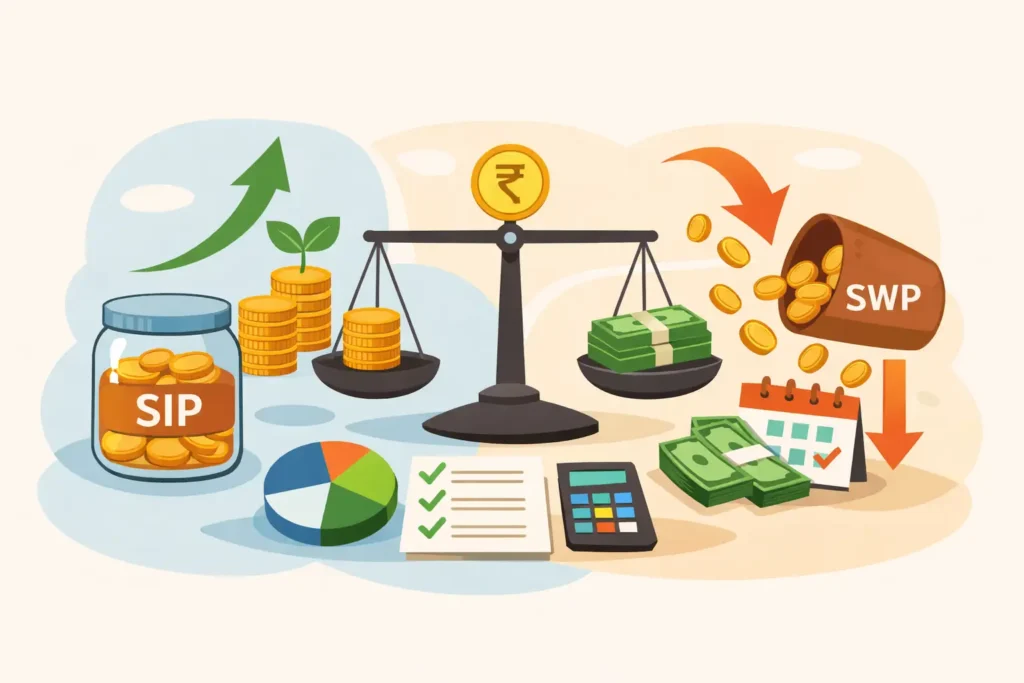That’s a hot topic right now, and like most things in the financial world, the answer isn’t black and white. It depends on a few key factors: interest rates, inflation, government borrowing, and how the global economy behaves.
The Reserve Bank of India (RBI) has been holding rates steady to keep inflation in check, but if inflation continues to cool and the economy stays on track, there’s a chance the RBI might cut rates in 2025. If that happens, bond prices in India could go up since lower interest rates generally boost existing bond values.
But there’s another side to the story. If inflation picks up again, or if the government ramps up borrowing (which increases the supply of bonds), that could push bond prices down — especially long-term bonds.
So, will Indian bonds rise or fall in 2025? It’s likely to be a mixed bag. If you’re an investor, staying informed and keeping an eye on RBI policy and fiscal announcements will be key.
Factors Shaping the Bond Investment Strategy
Thinking about investing in bonds in India? Smart move — bonds can be a great way to earn steady returns and stabilise your portfolio. But before jumping in, it’s important to understand what shapes a good bond strategy, especially in the Indian context. Let’s break it down:
- RBI’s Interest Rate Policy
The Reserve Bank of India (RBI) plays a major role here. When the RBI raises interest rates to control inflation, bond prices usually drop. When it cuts rates, bond prices tend to rise. So, if you think rates are going to fall in 2025, locking in bonds now could be a smart call. If rates might rise, you might want to stick with shorter-term options for now.
- Inflation Trends
Inflation affects your real returns — basically, how much purchasing power you get from your interest. Even a 7% return might not feel great if inflation is high. Keeping an eye on food prices, fuel costs, and CPI numbers helps you understand how inflation might move — and which bonds can keep up.
- Government Borrowing & Fiscal Policy
When the Indian government borrows more (through bond issues), it can push yields higher, affecting bond prices. Big government spending plans or budget announcements can change the game for bond investors.
- Credit Quality of the Issuer
Not all bonds are equal. Government securities (G-Secs) are considered super safe. But corporate bonds — especially from lower-rated companies — carry more risk. Higher returns often come with higher risk, so always check the credit rating before investing.
- Time Horizon
How long you plan to stay invested matters. If you’re looking at 1–2 years, stick to short-duration bonds or debt mutual funds. Long-term government bonds or even tax-free bonds might work well if you have a longer horizon.
- Global Influences
Yes, even in India, global events can shake things up. U.S. interest rates, crude oil prices, foreign investor flows — all these can impact the bond market here. So it helps to keep an eye on global headlines too.
- Tax Considerations
Some bonds in India are tax-free — like certain government-backed infrastructure bonds — which can be a huge plus. On the other hand, regular bonds and debt funds come with capital gains tax, so factor that into your return expectations.
- Liquidity
Can you exit the bond easily if you need to? Government bonds are becoming more accessible and liquid (thanks to platforms like Bondbazaar), but some corporate bonds can be hard to sell. Always check how easy it is to exit before you invest.
A solid bond strategy in India isn’t just chasing the highest interest rate. It’s about balancing returns, safety, and timing — all while staying aware of what’s happening with the RBI, inflation, and the broader economy.
Important Bond Sectors Worth Watching in 2025
If you plan to invest in bonds in 2025, you’re probably wondering: Where should I focus? Not all bonds are the same, and some sectors are definitely more exciting (or stable) than others right now. Let’s look at a few key areas in India’s bond market that are worth keeping an eye on this year:
- Government Bonds (G-Secs)
They’re backed by the Government of India, making them one of the safest investments. With RBI possibly adjusting interest rates in 2025, long-term G-Secs could offer some solid opportunities. Plus, platforms like Bondbazaar make them much more accessible for individual investors.
- State Development Loans (SDLs)
These are bonds issued by state governments. They offer slightly higher returns than central government bonds but with a bit more risk. SDLs might be worth adding to your portfolio if you’re looking for a middle ground between safety and better yields.
- Corporate Bonds
This is a wide space — from highly-rated companies to mid-tier issuers. In 2025, look out for AAA-rated corporate bonds, especially from sectors like Banking & Finance, Infrastructure, Energy & Power, etc. They offer higher yields than government bonds but ensure you’re comfortable with the credit risk.
- Green Bonds
This sector is gaining serious momentum in India. Green bonds are used to finance environmentally friendly projects — and with India’s push towards renewable energy, EVs, and sustainability, this space could grow fast. It’s a smart play if you want returns with a purpose.
- PSU Bonds
Public Sector Undertakings (PSUs) like Indian Railways Finance Corp, Power Finance Corp, or REC regularly issue bonds. These are usually safe and offer better rates than pure G-Secs. In 2025, PSU bonds could offer a good mix of trust and returns.
- Infrastructure Bonds
Keep an eye out for any new tax-free infrastructure bonds. These are rare, but when they come up, they’re gold — especially for people in higher tax brackets. You get decent returns and no tax on the interest.
Platforms like Bondbazaar have made accessing and investing in these bonds easier for retail investors, offering a wide range of fixed-income options with attractive yields and liquidity, thereby enhancing investor participation in the evolving bond market. In 2025, a smart bond investor in India will likely mix safety (like G-Secs and SDLs), returns (corporate and PSU bonds), and a little innovation (green bonds). Keep an eye on interest rates, RBI announcements, and credit ratings to guide your choices.




